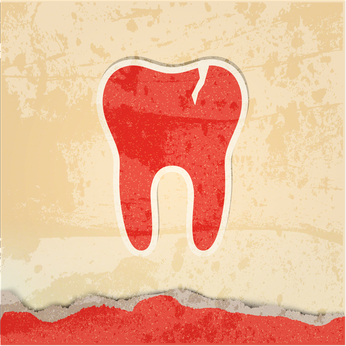Tooth Restoration and Oral Hygiene

Families should be concerned about oral hygiene. Oral hygiene entails keeping the mouth clean at all times in order to alleviate diseases and other issues such as bad breath. Regular brushing and healthy nutrition (avoiding sugars) are simple ways of protecting the teeth. Regular oral hygiene prevents common dental sicknesses such as gum diseases (periodontitis and gingivitis) and tooth decay (dental caries & cavities). Good brushing practices right after taking breakfast and prior to retiring for bed may help in protecting the teeth. It is important to clean spaces between teeth. This type of cleaning is known as interdental cleaning. Interdental cleaning is just as important as regular teeth brushing. Interdental brushes, flossettes, and floss are some of the tools used in interdental cleaning. Families should acquaint themselves with dental care processes, both in brushing and diets. This way the chances of getting tooth infections, dental diseases, and general illnesses will decline substantially.
Tooth restoration options
In case you have lived with conspicuous dental problems and the embarrassment that accompanies them, there is hope for you in tooth restoration. Structural and cosmetic tooth damage can be reversed. Tooth decay, fractured or chipped teeth, stains on the teeth, and such like dental damage can be treated using some of the highlighted restoration processes.
Direct tooth restoration
This type of tooth restoration can be done within a single visit to a dentist. Direct restoration entails replacement of minor tooth structure damages using composite resins.
Indirect tooth restoration
This procedure is necessitated where the tooth structure is substantially damaged in such a manner that would not allow for proper restoration. Inlays or crowns can be used in such circumstances.
Tooth restoration options
Bonding: This method solves gaps, splotches, stains, crooked teeth, and chips. The method is relatively cheap.
Bridges: Partial dentures, dental implants, and dental bridges are often used in the replacement of missing teeth. Missing teeth could cause other teeth to shift position in order to cover the spaces left by missing teeth. The missing tooth could also affect a person’s eating behavior and speech pattern and increase exposure to tooth decay and periodontal disease risks.
Dental Crowns: Crowns can be used in solving aesthetic and functional needs of the teeth. They can solve tooth cracks, protect damaged teeth, solve extensive tooth decay, replace missing teeth, and solve teeth grinding issues. Crowns are primarily used to protect and encompass needy teeth with customized tooth material such as fitted caps.
Fillings: They are utilized in the repair of minor tooth fractures, damaged tooth surfaces, and tooth decay. The filling material used can be used in the evening out of the tooth surface in order to make it possible for smooth chewing and biting.
Science and art is inherent in proper designing of the crown’s anatomical features in order to offer the optimal solution and fit for the mouth. Family dentists, general dentists, and cosmetic dentists can perform such treatment although the level of experience and expertise differs among the dentists. Families should do enough background checks to assess the qualifications and success ratings of their dentist.